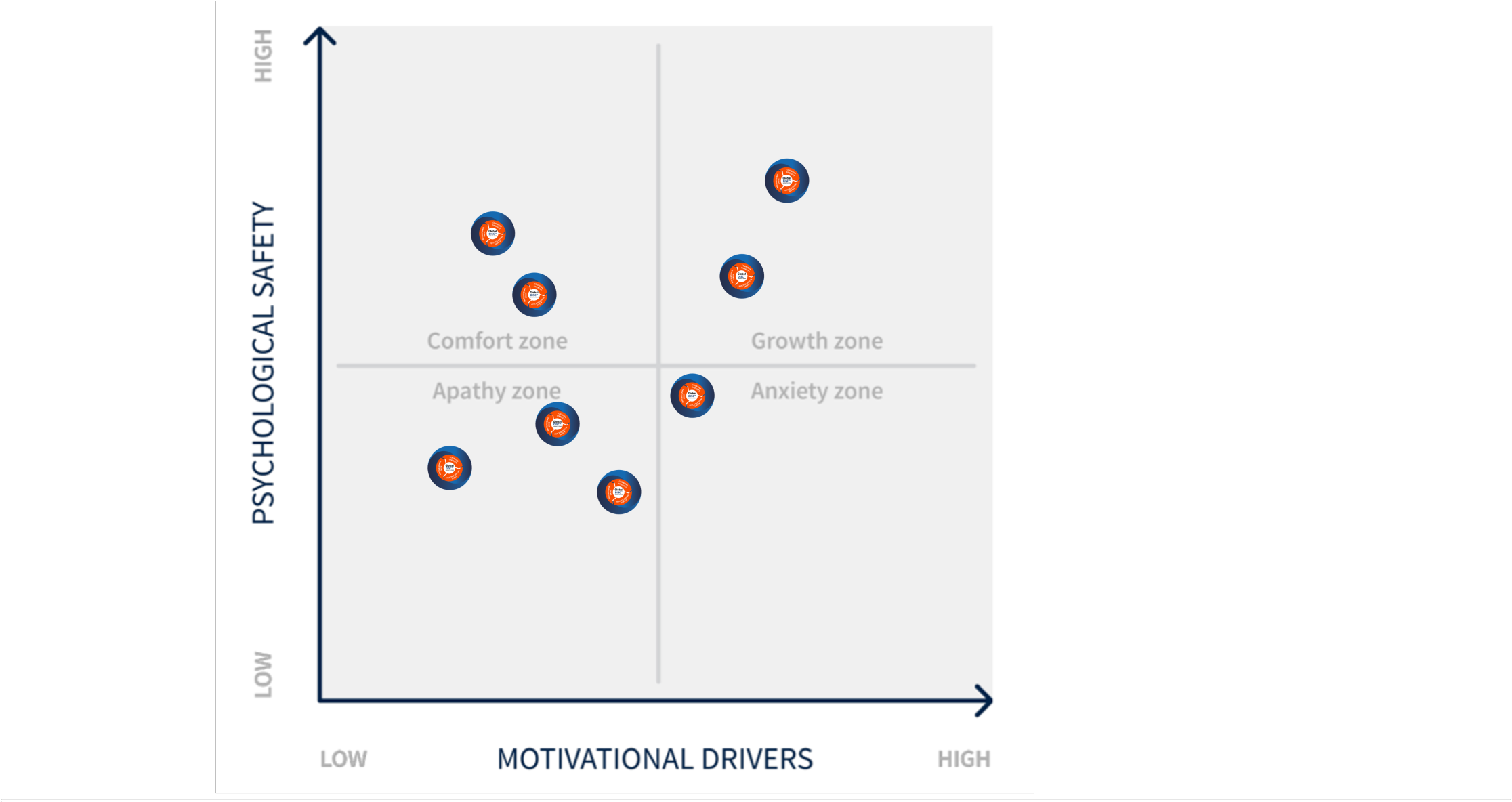How To Tangibly Measure The Effectiveness Of Leadership Training And Why
Once upon a time, there was this multinational company that had been through several leadership training programs and never managed to reach high performance. Worse, the organisation couldn’t measure the impact of these programs on their productivity. Sounds familiar?
According to various surveys compiled by the Harvard Business Review “Corporations are victims of the great training robbery (…) as companies spent close to $356 billion globally in 2015 alone—but they are not getting a good return on their investment.” Shocking, isn't it?
When I engage in a conversation with a client, I always ask them what didn’t work out with their past training providers. They usually answer: “we do apply a couple of concepts from past training, but bad habits keep coming back. We always get sucked back into operations. And we don’t apply the methodologies we have been taught.” And then goes the usual question: “why should we submit ourselves to another leadership training? How different is your approach?”
The goal of every business is to be having a diverse team with outstanding skills, a shared set of values and a clear vision led by leaders who can bring out the best in them.
How? By bringing an essential human dimension & intercultural intelligence to the teams tackling complex problems to harness the power of cognitive diversity and intercultural intelligence in a psychologically safe environment. So, individuals go through a behavioural change, start treating others as others would like to be treated and become a real team.
However, there is still a huge step between individuals aware of their communication and behavioural differences to close their interaction gap and reach real inclusion to become a high-performing team.
This is where the three invisible forces that break or make a team are real game changers for leadership training: psychological safety among the team, the motivational drive of team members and the cognitive diversity of the group. And it all starts with psychological safety: that fear to tell senior executives about our challenges and obstacles. That fear creates what we call “silent killers”.
The ultimate goal is to get all the team members to feel safe and motivated. But before we even start working on that, we need to make sure that there is a favourable context for growth that provides a “fertile ground” for transformation. Only at this step, a tangible tool like Growth Zone™ (ICQ Global) brings two competitive advantages in the leadership training industry:
A genuine diagnosis of the executive team current growth mindset
A tangible tool for HR to measure the impact of training
By taking this 100% anonymous assessment before and after the leadership training program, we can tangibly measure, visualise, and optimise the three main invisible factors that make or break a team:
How impressive and extremely interesting, as an external leadership trainer & coach, it is to witness the team trying to find out who is not in the growth zone and why. This is when and only then that you can encourage the team to do it safely by using their cognitive diversity. Magic is happening in front of your eyes!
And last but not least, you get your ROI as an organisation.
How about you, have you tried any similar solutions? Feel free to comment and share!


